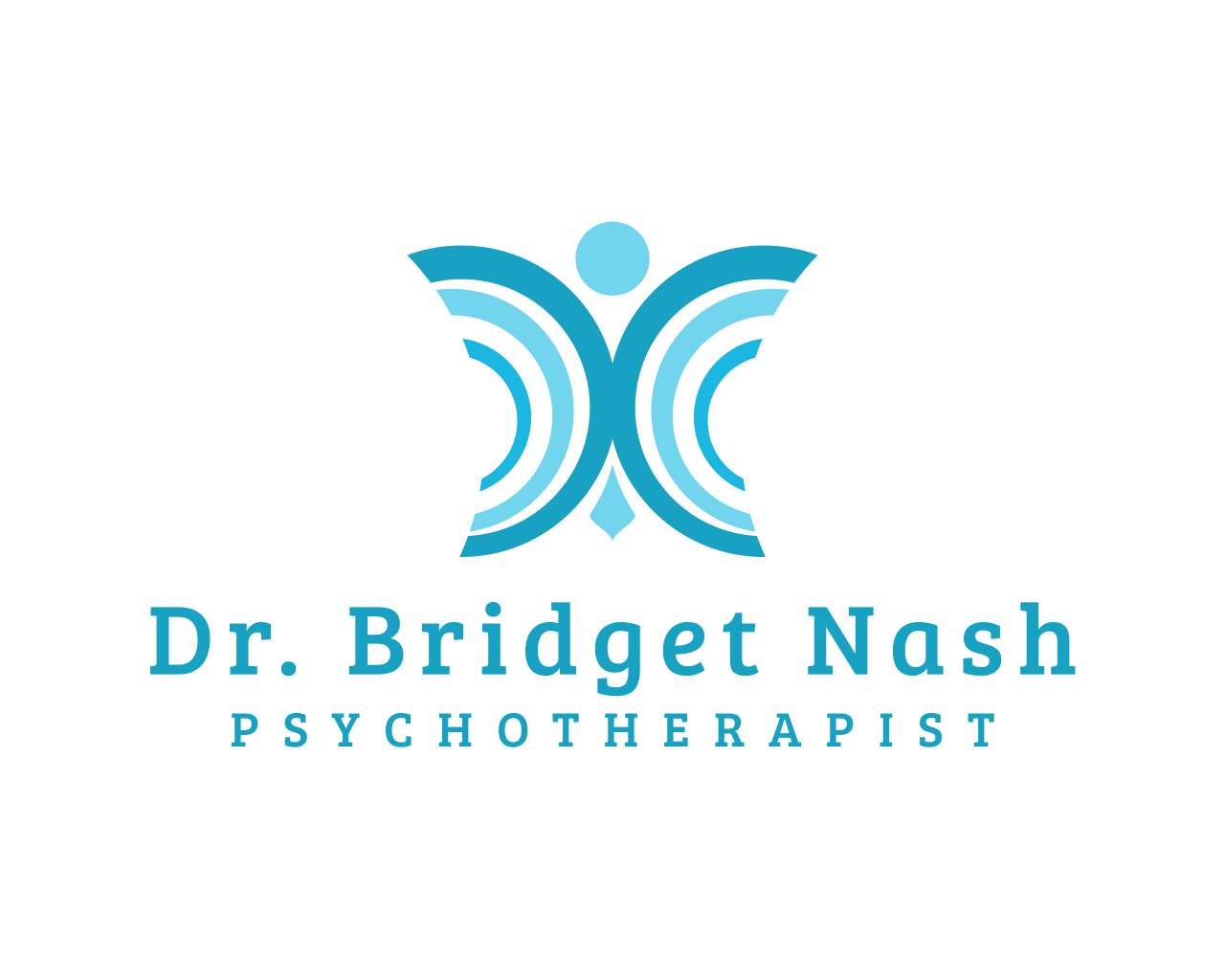How Does EMDR Work?
Transformation Healing In Just A Few Sessions
Eye Movement Desensitization and Reprocessing (EMDR) helps you reprocess frozen memories—past experiences that continue to affect your present without your conscious awareness. Through bilateral stimulation, such as guided eye movements, your brain is encouraged to reorganize these memories. This process helps you make sense of the emotions and thoughts associated with the trauma, releasing them and allowing you to feel a deeper sense of peace and freedom.
The Result?
No more overwhelming emotional reactions.
A renewed sense of calm and clarity.
The ability to lean into vulnerability, trust and relational connection without the need to protect yourself.
Feeling more integrated and resilient, with new, healthier perspectives about yourself and the world.
Greater emotional regulation, self-compassion and a sense of empowerment.
What Makes EMDR Different?
Healing Beyond Words
Traditional talk therapy can help you understand your trauma intellectually, but EMDR goes deeper. It taps into the emotional and physical experience of trauma, helping you heal from the inside out.
You don’t have to relive your worst fears over and over. Instead, through EMDR, you’ll find your own path to healing, guided by the therapy, but powered by your brain’s innate ability to heal itself.
Unlike traditional therapy, which typically focuses on talking through painful memories, EMDR directly targets the emotional core of trauma. It helps release deeply held pain and transform negative beliefs, without requiring you to relive the traumatic experience. The goal isn’t to revisit the trauma, but to experience profound healing and emotional freedom.
This approach is grounded in the understanding that the mind can recover from psychological trauma in a similar way to how the body heals from physical injuries. For example, when a cut is left undisturbed, the body naturally works to heal it. However, if something interferes, like an infection, the healing process can stall. Similarly, when the brain is overwhelmed by distressing experiences, it may struggle to process them, leading to emotional wounds that persist.
EMDR works by removing these psychological barriers, allowing the brain to resume its natural healing process. With carefully structured protocols and techniques, trained clinicians guide clients to activate their innate ability to heal from past trauma.
